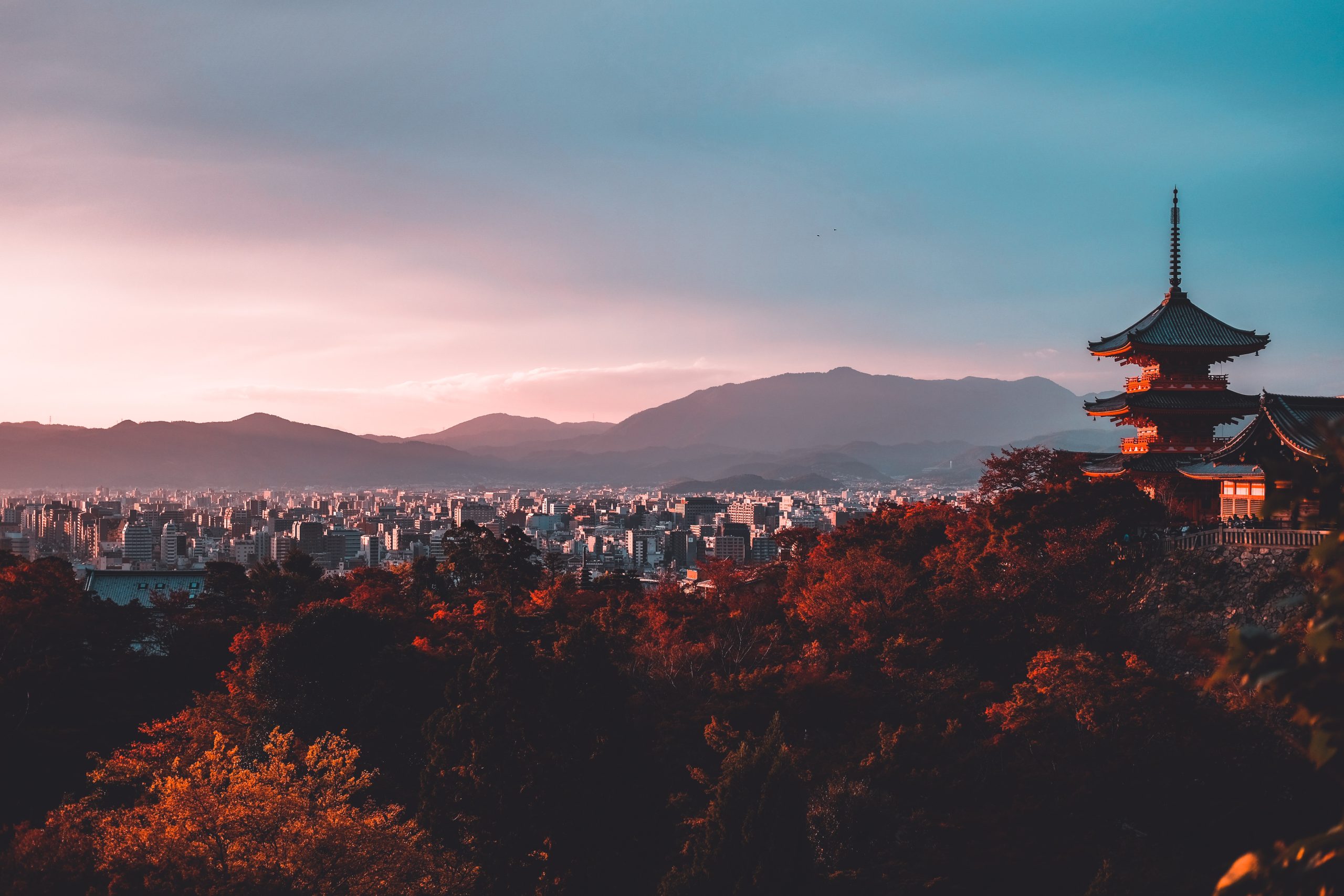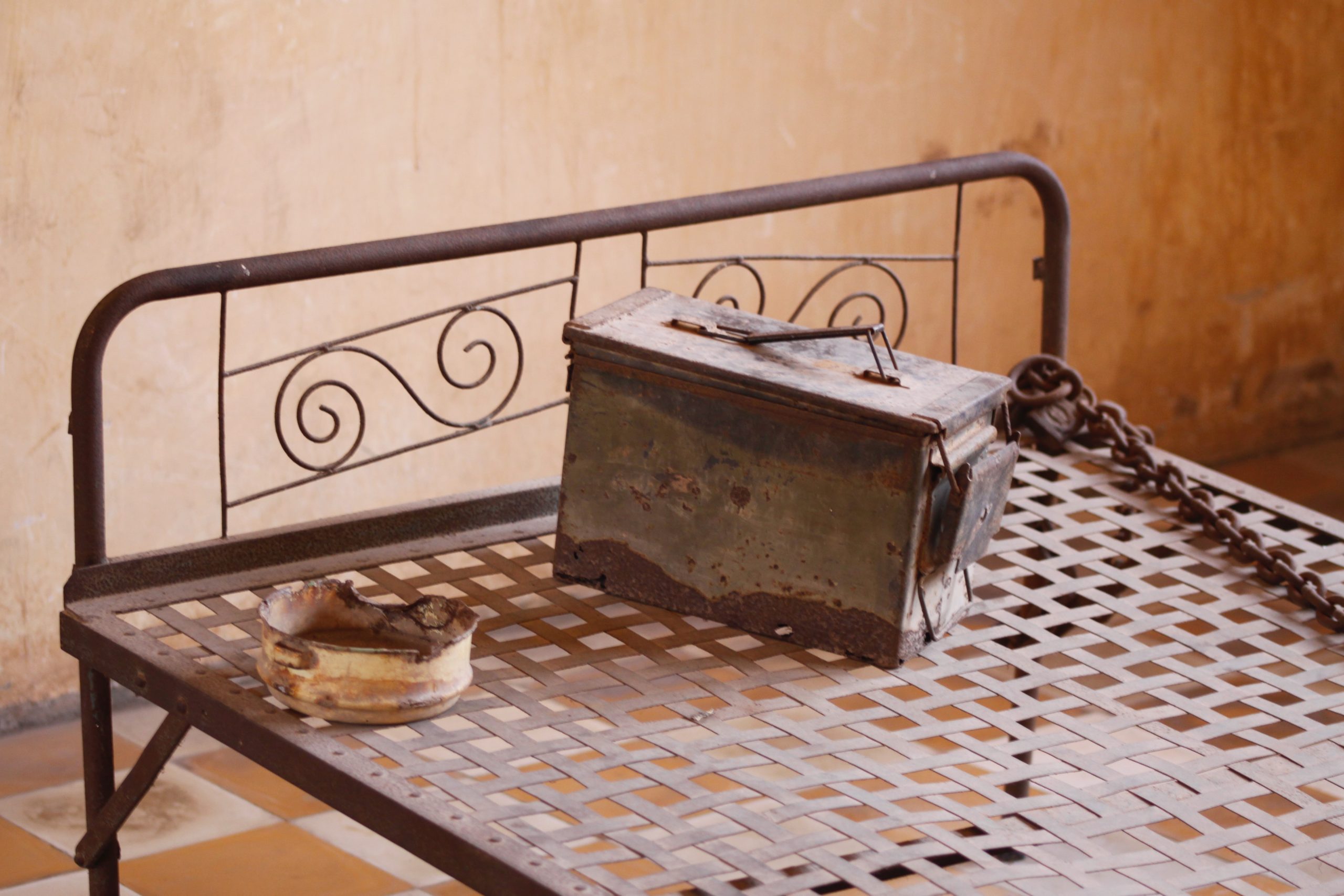Exploring the Dark Past: A Travel Guide to Khmer Rouge History Tours
Cambodia’s history is marked by a haunting period that unfolded between 1975 and 1979. The Khmer Rouge regime, led by Pol Pot, subjected the country to a brutal and devastating era that resulted in the deaths of millions of Cambodians. Today, Cambodia offers travelers the opportunity to learn about this dark chapter in history through Khmer Rouge history tours. In this travel guide, Green Sun Travel will take you on a journey through key sites where you can gain insight into the horrors of the Khmer Rouge regime, pay your respects to the victims, and understand Cambodia’s resilient spirit.
Khmer Rouge history tours guide
1. Phnom Penh
Tuol Sleng Genocide Museum (S-21): Our Khmer Rouge history tours journey begins in Cambodia’s bustling capital, Phnom Penh. The Tuol Sleng Genocide Museum, also known as S-21, stands as a stark testament to the harrowing atrocities committed during the Khmer Rouge regime. This facility, once a high school, was transformed into a gruesome prison and interrogation center, where thousands of Cambodians endured unspeakable suffering. As you explore the museum’s eerie corridors and cells, you’ll come face to face with haunting photographs, torture tools, and chilling exhibits that vividly depict the horrors that unfolded within these walls. The oppressive atmosphere and the stories of survivors etch a somber and indelible impression on visitors, making it a crucial stop on any Khmer Rouge history tour.
Choeung Ek Killing Fields: A short drive from Phnom Penh, the Choeung Ek Killing Fields provide a haunting juxtaposition to the city’s urban sprawl. These fields bear witness to the immense tragedy that unfolded during the Khmer Rouge era, as countless victims were mercilessly executed and buried in mass graves. The audio tour, which guides visitors through the site, offers a sobering and informative account of the atrocities that transpired here. As you walk among the mass graves and the poignant memorial stupa filled with skulls, you’ll gain a deeper understanding of the scale of the brutality inflicted upon the Cambodian people.
National Museum and Royal Palace: To gain a more comprehensive perspective of Cambodia’s rich history and vibrant culture before the Khmer Rouge regime, take a moment to visit the National Museum and the Royal Palace in Phnom Penh. These cultural landmarks house an impressive collection of artifacts, art, and historical treasures that span centuries, allowing you to appreciate the depth of Cambodia’s heritage.

2. Battambang
Killing Caves of Phnom Sampeau: Venturing to the charming town of Battambang provides another dimension to your Khmer Rouge history tour. The Killing Caves of Phnom Sampeau, nestled amidst the picturesque landscape, served as execution sites during the regime. The caves, perched atop a limestone hill, offer a dramatic setting for contemplation. As you ascend to the caves, the haunting echoes of history surround you. Inside, you’ll find remnants of this dark past and a poignant reminder of the immense suffering that took place here. The serene beauty of the natural surroundings contrasts starkly with the horrors concealed within, leaving a profound impact on those who visit.
3. Siem Reap
Landmine Museum and Relief Center: While not directly linked to the Khmer Rouge history tours, Siem Reap’s Landmine Museum and Relief Center plays a significant role in shedding light on Cambodia’s enduring struggle. This museum educates visitors about the ongoing impact of landmines and unexploded ordnance in Cambodia, which continue to pose a threat to the lives of its people. Through informative exhibits and personal stories, the museum serves as a poignant reminder of the country’s resilience in the face of adversity.
4. Remote Areas
Anlong Veng: For those seeking a deeper and more immersive exploration of Khmer Rouge history tours, a visit to Anlong Veng is highly recommended. Located near the Thai border, Anlong Veng was a significant stronghold for the Khmer Rouge leadership during their rule. This remote area provides a unique opportunity to gain insights into the inner workings of the regime.
At Anlong Veng, you can visit the final resting place of Pol Pot, the infamous leader of the Khmer Rouge. His grave serves as a solemn reminder of the man responsible for orchestrating one of the darkest periods in Cambodian history. Additionally, exploring Anlong Veng allows you to discover other sites associated with the Khmer Rouge leadership, such as their former residences and military installations.
The journey to Anlong Veng may be challenging due to its remote location, but it offers a profound and unfiltered glimpse into the heart of the Khmer Rouge regime. Travelers who make this pilgrimage will come away with a deeper understanding of the historical context and the complex legacy of this period.
5. Local Guides

When embarking on Khmer Rouge history tours, hiring a local guide is not just a convenience but a vital component of the experience. Local guides are invaluable sources of information and insight, enriching your understanding of the Khmer Rouge history in ways that books and documentaries cannot replicate.
Local guides can share personal stories and anecdotes, providing a human dimension to the historical facts. Their firsthand knowledge of the sites and their historical context allows you to connect on a deeper level with the experiences of the Cambodian people during the Khmer Rouge era. Moreover, they play a crucial role in ensuring that visitors conduct themselves respectfully at sensitive sites and adhere to local customs and norms.
Navigating remote areas, such as Anlong Veng, can be challenging without a guide who knows the terrain and local languages. Their expertise is essential in making your journey both informative and safe.
6. Respect and Sensitivity
Visiting Khmer Rouge history sites demands a high degree of respect and sensitivity. Always remember the gravity of the Khmer Rouge era and the profound impact it has had on Cambodia and its people. To pay your respects and honor the memory of the victims:
- Dress modestly, covering shoulders and knees, especially when visiting religious or memorial sites.
- Keep conversations quiet and respectful, recognizing that these locations are hallowed ground for many Cambodians.
- Refrain from taking inappropriate or disrespectful photographs, especially at sites like the Choeung Ek Killing Fields and Tuol Sleng Genocide Museum.
By adhering to these guidelines, you show your deep respect for the suffering endured during this dark period in Cambodia’s history.
7. Educational Materials
Before embarking on your Khmer Rouge history tours, it is essential to educate yourself about the Khmer Rouge era. Reading books, watching documentaries, and exploring online resources will provide you with the necessary context and background information. This preparation will enable you to comprehend the significance of the places you visit, the historical events that transpired there, and the broader implications of the Khmer Rouge regime on Cambodian society.
8. Support Local Communities
One way to make a positive impact during your Khmer Rouge history tours is to support local communities. Choose to stay in locally-owned accommodations and dine at local restaurants whenever possible. Your patronage contributes to the well-being of communities that still bear the scars of the Khmer Rouge regime. Additionally, by engaging with local businesses, you foster a connection with the resilient people who have worked tirelessly to rebuild their lives and their communities in the aftermath of such profound devastation.
Conclusion
A visit to Cambodia’s Khmer Rouge history tours is not just a historical tour but a poignant tribute to the millions of lives affected by this tragic chapter in the country’s history. As you explore museums, killing fields, and remote areas, you’ll gain a profound understanding of the resilience of the Cambodian people and the importance of remembering the past to ensure such atrocities are never repeated. Approach these tours with reverence, sensitivity, and a commitment to honoring the memory of those who suffered.







